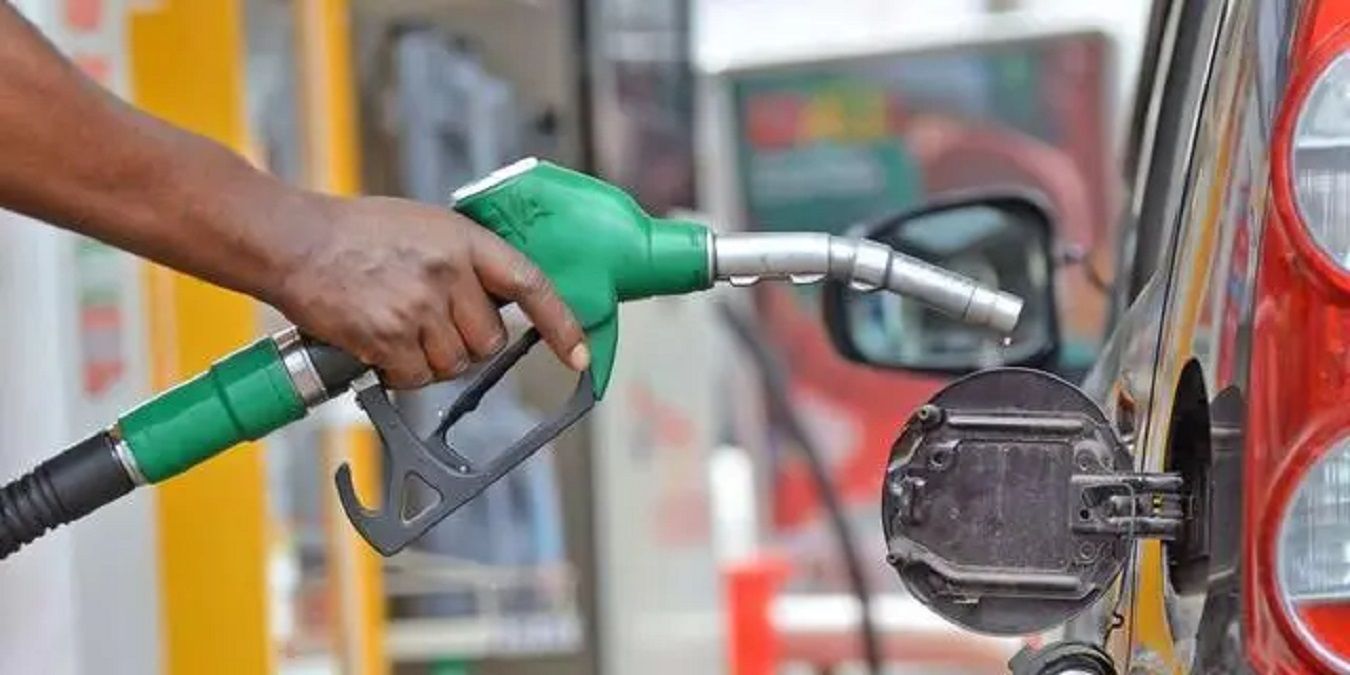Oil theft has continued unabated in the Niger Delta over the years. Records abounds as research publications and in divers local and international media. The impacts are huge from economic losses to environmental impacts and physical harm due to security. In the area of security, Oil theft operations can involve armed criminals. Reports are in the public domain to show armed confrontation with Government Security Agencies. Every oil theft location or illegal refining location has potential to becoming volatile and dangerous at any moment and should therefore, be considered a Hostile Environment security wise.
Also, oil theft locations or artisanal refining locations are usually riddled with Health, Safety and Environment Risks which include exposure to toxic substances like gases, active hydrocarbon spills, charged atmospheres, crude oil, chemicals. Others may be Physical Hazards like sharp objects, slippery surfaces, and unstable structures. Dangerous Environmental Hazards like hazardous materials, contaminated water sources and unstable ground conditions making access difficult. The current practice where Companies and Government put people in harm’s way as responders once reports are made has been shown to be taking a toll on responders psychologically and otherwise. So, how can the integration of Drones and AI achieve tremendous benefits in ways that achieve better results than current response methods of putting people first as responders – civilian or military?
- Surveillance, Monitoring and Rapid Response. The deployment can help to achieve Real-Time Aerial Surveillance. Drones equipped with high-resolution cameras and sensors can provide continuous aerial surveillance of pipelines, oil facilities, and surrounding areas, capturing real-time data and visual feeds. Drones can capture detailed images and videos, allowing for the identification of unauthorized activities, potential threats, and illegal taps on pipelines. In addition to this, a Rapid Response can be achieved. Drones can be swiftly deployed to areas of interest, significantly reducing response times and allowing for immediate assessment of potential theft activities. In remote areas in particular, Drones can access hard-to-reach or dangerous areas, providing critical information without exposing responders to potential risks.
- Detection, Prevention and Deterrence: Detection and prevention are the key reasons for the deployment of the technology which can achieve early detection and deterrence. In the area of Early Detection, advanced sensors and AI algorithms can be used to detect anomalies such as leaks, illegal taps, and unauthorized movements along pipelines. Thermal Imaging by drones equipped with thermal cameras can identify heat signatures from illegal activities or equipment tampering, even in low visibility conditions such as nighttime or dense vegetation. It is a potent tool for Deterrence. The visible presence of Drones can act as a deterrent to potential thieves, reducing the likelihood of theft attempts. While in flight, drones programmed to send automated alerts can automatically alert security personnel and local authorities upon detecting suspicious activities, enabling rapid intervention.
- Data Collection and Analysis. Drones can be used for Comprehensive Data Gathering exercise. Considering Data Collection, Drones can collect a wide range of data, including visual, thermal, and environmental information, which can be analyzed to identify patterns and trends in oil theft. Not only will it provide high quality data, it can be used for Geospatial Mapping. This means that Drones can create detailed geospatial maps of pipeline networks, Wellheads, Manifolds and surrounding areas, assisting in planning, risk assessment, and targeted monitoring.
AI Integration. So why is AI integration important in this? By integrating AI and machine learning, drones can analyze historical data and current surveillance feeds to predict potential theft hotspots and optimize patrol routes. Predictive Analytics can also provide Real-time data thus enhancing decision-making processes, enabling more effective allocation of resources and targeted interventions. Drones will help to Enhanced Decision-Making.
Safety and Cost Efficiency – There is no gain saying that a mandatory deployment of the technology under discussion can help to achieve a high level of safety for all. A mandatory utilization of Drones will Ensuring Personnel Safety. High on this is Reduced Risk. Using drones minimizes the need for personnel to enter hazardous areas, significantly reducing the risk of injury or exposure to toxic substances and dangerous situations including armed attacks by oil thieves. In addition, there is opportunity for Remote Monitoring where Security teams can monitor and respond to incidents from a safe distance, enhancing overall safety and minimizing direct human involvement. Experience has shown that wherever oil and gas facilities are tempered with leading to damage, there must be a physical response to stop the oil or gas leaks and carry out repairs to restore production as soon as possible. Therefore, Data collected using drones can provide valuable information for Risk management planning, nature of repair and preparation on all the resources that are required for repair including vehicles, vacuum trucks among others. Research has shown that responders are increasingly going through stress not knowing what to meet at an illegal bunkering site.
On Cost Efficiency, it is correct to assume that operators may not support a mandatory use of drones as a first response to oil theft activities. One of the reasons may be cost implications. A critical analysis will show an actual Lower Operational Costs. Drones are relatively inexpensive to operate compared to traditional patrol methods thus reducing overall security costs. Companies are aware of how much is spent in deploy security, operational support that sometimes is not fit for purpose leading to making additional deployments in the case of repairs and evacuation of either spilled inventories or those in tanks. Also, there is no cost compared to preventing fatalities and injuries for responders. In addition, early detection and rapid response as the case may be due to deployment of drones can prevent extensive damage to infrastructure, reducing repair and maintenance costs.
Implementation Strategy and Training. In order to implement the proposed mandatory Drones utilization strategy for preventing, detection and providing data required for response, organizations need to build and deploy Drone Infrastructure and Technology. These include the Deployment of Drone Fleets. Establishing a fleet of drones equipped with advanced sensors, cameras, and AI capabilities for comprehensive coverage of oil infrastructure is critical. In addition, Control Centers have to be set up. By way of collaboration. By setting up centralized control centers to monitor drone feeds, analyze data, and coordinate responses effectively, the industry can benefit in managing costs, among others. The corporation can help with research and development where new data algorithms can be added based on experience and data collected.
In addition to Infrastructure, Training and Capacity Building will be required. This involves setting up Training Programs and Collaboration. Training programs have to provide training for security personnel, emergency control centers and drone operators on drone technology, data analysis, and emergency response protocols while collaboration between oil companies, security agencies including local communities will enhance the effectiveness of drone surveillance and response. It has been alluded in the sections of media the media that there is usually a form of cooperation with the communities and some elements in the law enforcement for a successful oil theft. A clear knowledge that they are being watched can have a profound mitigation capability.
Regulatory Framework – A mandatory Drone usage as a primary oil theft deterrent and response cannot be achieved without a clear regulatory Policy Development. There has to be development and implementation of policies and regulations that support the use of drones for security and surveillance, ensuring compliance with legal and ethical standards. In addition, there are privacy considerations which have to be addressed by establishing guidelines for data collection, storage and usage.
Conclusion – The use of drones as a first response to oil theft offers a transformative approach to combating this pervasive issue while ensuring the safety of responders. By leveraging advanced surveillance capabilities, real-time data analysis, and rapid response mechanisms, drones can significantly enhance the detection and prevention of oil theft. Implementing a comprehensive drone strategy requires investment in technology, training, and collaboration, but the potential benefits make it a worthwhile endeavor in safeguarding Nigeria’s oil resources and protecting the safety of personnel.
John Aondoaseer Jia, PhD, is an Health, Safety and Environment, Risk Management Expert with over 25 years oil and gas industry experience. He can be reached on [email protected]/+2348027338844

 3 months ago
31
3 months ago
31












![Edo Deputy Gov Idahosa Meets Philip Shaibu [Photos]](https://www.naijanews.com/wp-content/uploads/2024/11/IMG-20241112-WA0078.jpg)


 English (US) ·
English (US) ·